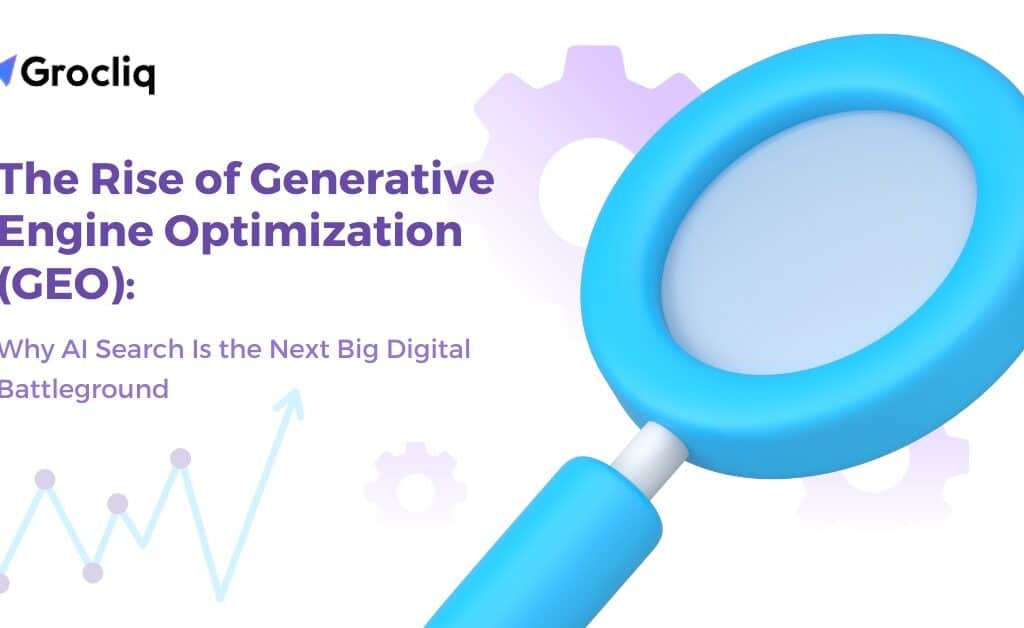In the world of marketing, crafting the right message is crucial for connecting with your audience and driving desired actions. The Six P’s of Marketing Messaging offer a comprehensive framework to guide this process effectively. Let’s dive into each of these P’s:
- Problem: Identifying the problem your product or service solves is the first step in crafting compelling marketing messaging. Understanding your audience’s pain points allows you to position your offering as the solution they’ve been seeking.
- Promise: Your messaging should clearly articulate the promise of value that your product or service delivers to customers. Whether it’s saving time, saving money, or improving quality of life, your promise should resonate with your target audience and differentiate you from competitors.
- Positioning: Positioning defines where your offering stands in the market relative to competitors. It’s about carving out a unique space in the minds of consumers and highlighting the attributes that set your brand apart.
- Persona: Developing buyer personas helps you understand the demographics, behaviors, and motivations of your target audience. By tailoring your messaging to specific personas, you can speak directly to their needs and aspirations, increasing the relevance and effectiveness of your communication.
- Problems in your Words: Communicating in the language of your audience is essential for effective messaging. Use words and phrases that resonate with them, addressing their pain points and desires in a way that feels authentic and relatable.
- Proof: Providing social proof and evidence of your product or service’s efficacy builds credibility and trust with potential customers. This can include testimonials, case studies, reviews, or data-backed claims that demonstrate the value you deliver.
FAQs (Frequently Asked Questions)
Q1. Why are the Six P’s important in marketing messaging?
The Six P’s provide a structured framework for developing effective messaging that resonates with your audience, addresses their needs, and differentiates your brand in the market.
Q2. How do I identify the right problem to focus on in my messaging?
Conduct market research, customer surveys, and competitor analysis to understand your audience’s pain points and challenges. Focus on problems that your product or service uniquely solves.
Q3. What should I consider when defining my brand’s promise?
Your promise should be compelling, believable, and aligned with the value proposition of your offering. Consider what sets your brand apart and how it addresses the needs and desires of your target audience.
Q4. How do I create effective buyer personas?
Start by gathering data on your existing customers and conducting interviews or surveys to understand their motivations, preferences, and pain points. Use this information to create detailed profiles that represent your target audience segments.
Q5. Why is social proof important in marketing messaging?
Social proof builds trust and credibility by demonstrating that others have had positive experiences with your brand. It reassures potential customers that your product or service delivers on its promises, increasing their likelihood of conversion.





